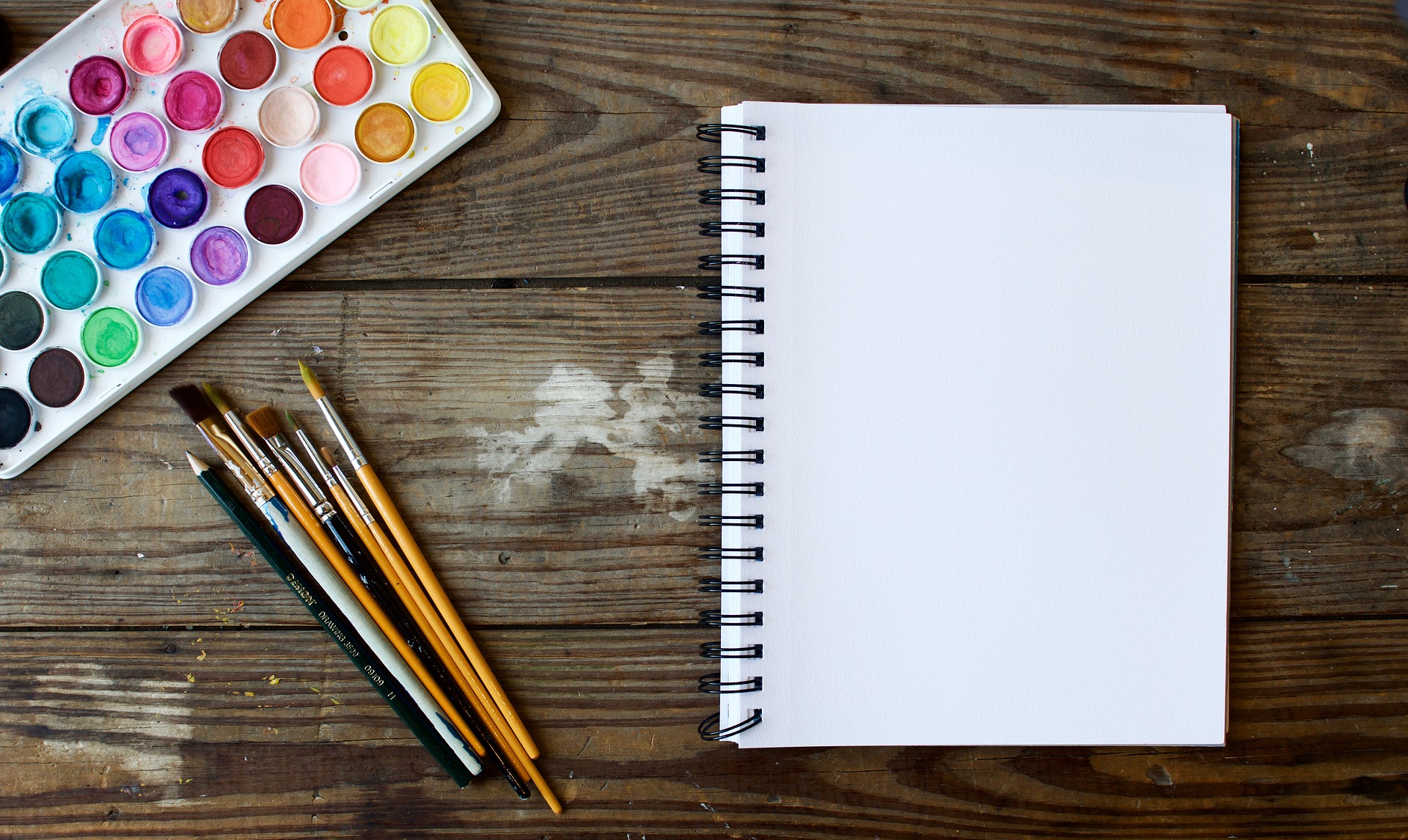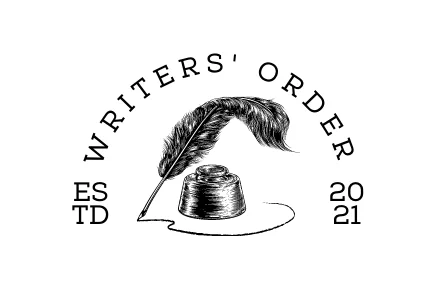You have to be the change to bring the change.

10 Different Types of Paper Used in Art
Our content is reader-supported. We may earn a commission if you make a purchase through one of our links.
An artist should know the difference between types of paper to unleash their full artistic potential. The paper you use is the foundation of your artwork. It also helps if you combine this with the use of standard and unique art tools. If your foundation is strong, your art piece will turn out according to your expectations, or even better!
A veteran artist could always discern two different types of paper just by feeling it. To know the right texture for your artwork, you must know about the different types of paper used in art!
1. Scrapbook Paper
The scrapbook paper is one of the most used mediums in art. A great trick to recognize this texture is that one side has a print on it, while the other side is plain and smooth.
This art medium is commonly used in crafts, as it allows the paint to adapt to a pattern. The pattern gives the painting a grainy effect when all work is done.
If you work on projects that have small details to be focused on, this might not be the right option for you.
2. Handmade Paper
Handmade paper is the most expensive medium artists can use for their crafts. Considered the best for more detailed artwork, this paper gives the best results if you paint with care and focus.
The beauty of this medium is that each sheet varies from the others. You can buy two pieces of handmade paper and compare them. Both will be different from each other.
This paper has a very smooth touch to it, with no grains present. The smoothness allows the artist to capture the smallest details. This surface allows the paint to spread evenly.
3. Japanese Paper
This medium is also known as Origami paper. Ranked highly in Japan, some people have generations of Origami artists in their families. The techniques have been passed from fathers to sons and so on.
It’s the softest medium in art and also the most absorbent. Plus, while working with this, you need to be focused. The work needs to sync with your body. It helps a lot in crafts for colors and details.
4. Machine-Made Paper
In art and craft, Machine-made paper is one of the most economical options. Every artist can easily afford it. This texture is preferred when you have a lot of printing work.
The production machines make them identical, which is an advantage for artists who need consistently sized papers for their work. A very well-known size of this is the A4 size. Machine-made is the best option to start your projects. It’s smooth, affordable, and also helps as a platform for your skills.
5. Cold-Pressed Paper
Cold-pressed paper is a favorite among watercolor artists. This material is flexible when it comes to washes. The watercolor paint also works better on it. It takes time for the surface to dry. But once you complete your artwork, it’s worth it.
Cold-pressed paper is less smooth than hot-pressed paper. The best thing about this medium is that it’s water-friendly!
6. Acid-Free Paper
Acid-free paper is the solution to the deterioration of your artwork. Each sheet consists of a layer of calcium carbonate, which helps preserve your work.
Acid is the main reason your paint keeps getting smudged over time. If you’re making a personal painting, a special one, go for acid-free material. The pH level of an acid-free paper is a perfect 7. This means the paper is neutral.
Your artwork will always be safe from atmospheric acid if you use acid-free paper. When your medium is protected with a coating of calcium carbonate, you will never have to worry about corrosion.
7. Hot-Pressed Paper
Many famous artists have used the hot-pressed medium in their work over the decades. Unlike a cold-pressed medium, this gets rolled with hot rollers. It’s less absorbent and allows the paint to stay on the surface for a longer time.
Hot-pressed paper comes in handy if an artist is working on projects that require small details. This material is less absorbent, which helps you play with the paint until you are satisfied.
Most artists use hot-pressed mediums for very delicate and sophisticated designs.
8. Gloss Paper
Gloss paper is a very shiny and slippery medium used for crafts. Most artists prefer it when they have to use bright colors. The amount of colors this paper is available in is unreal!
With a texture that is so non-absorbent, the ink has no chance of staying on it. The best way to spot a glossy substance is by putting it under lights. Gloss paper is very attractive to look at under the lights due to its shine and bright colors!
Glossy medium is for advertisements, publications, and photo coverings. It’s also used in wedding cards. It has a very slippery surface, which makes it difficult to work with. Some people love to work with this medium due to the color richness of the paper.
9. Metallic Paper
Metallic paper is a very modern medium of art. It’s made from panels of aluminum. This texture is mostly used in graphic design. One of the uses of this medium is to give the pictures a 3-D effect.
The metallic finish is one of the most eye-catching paper finishes out there! If you like experimenting with bold colors, this is the right texture for your skill set.
Metallic paper is also very durable, which is needed for long-term projects. It also comes in handy while making envelopes, gift cards, and decorations.
10. Rough-Surface Paper
Most skilled artists prefer a rough surface for their projects. This paper has a very rough texture which works well with watercolors and oil paints. If you’re a beginner artist, things might get a little messy! The rough surface comes in handy when working with watercolors, but you can also experiment with oil paints on it.
The rough surface forms with additional heat, which expands the molecules on the surface. This results in a rough texture on the front, which allows the paint pigments to dry on time.



